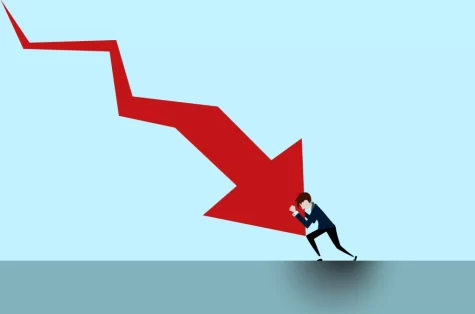Black Friday
Black Friday’s past has nothing to do with the flash sales and frenzied shopping that it may conjure up. However, it features American greed, mayhem and speculation, dating back to the first Black Friday on Friday, Sept. 24, 1869. At the height of the Gilded Age, Jim Fisk and Jay Gould were two sleazy opportunists hunting for gold. When the American economy was in ruins following the Civil War, Gould and Fisk hiked the price of the nation’s gold and made a substantial profit by accumulating as much of it as they could. It was as if two people were in charge of the entire supply of toilet paper in the United States when COVID first debuted and started collecting excessive rates. They also touched bases with President Ulysses Grant’s brother-in-law and used their political ties to prevent the government from releasing gold into the market. However, on that crucial Friday in 1869, President Grant Had a change of heart. He made the choice to circulate gold valued at millions of dollars, which caused the price of gold to drop significantly. The collapse in the price of gold caused many Wall Street financiers to lose millions as a result of Gould and Fisk scheme, which was an abject disaster. Later, the day came to be known as “Black Friday.”
The next time the term “Black Friday” was used extensively was in Philadelphia during the 1950’s. Before an Army-Navy football game on a Saturday, shoppers flooded the city, forming crowds of individuals, some of whom broke into stores and stole goods. According to History.com, the day became known as “Black Friday” because Philadelphia police had to put in extra shifts to deal with the massive crowds. For merchants, the phrase now has a new connotation. Angeli Gianchandani, Practitioner in Residence of Brand Marketing at the Pompea College of Business at University of Southern California, explains that the origin of the term “Black Friday” was to make sure retailers could end the year in the black with substantial profits instead of in the red. Some companies recognized they could draw huge crowds by lowering prices, deeming Black Friday the day to buy, with deals that were even better than those last-minute Christmas reductions.
The most frequently bought items on Black Friday are electronics and well-known toys since they tend to experience drastic price reductions. But during the massive sales, prices on everything – from clothing to home furnishings – are reduced. In 2020, the preference for online delivery grew and replaced traditional retail as the main means of shopping. Coronavirus nearly put an end to in-store shopping on Thanksgiving Day (as most retailers opted to remain closed for the first time in a decade). Despite the fact that some retailers offered Black Friday deals, buyers were far more restricted than they had been in years past. Some companies provided deals online and in-store for the entire month. Others, like Target and Walmart, offered a variety of Black Friday events throughout November, eliminating the need for lineups on the big day. In 2021, when the pandemic was still at large but not as advanced as it was in 2020, retailers, shoppers and experts all struggled to predict how the biggest shopping day of the year would develop.
Even though most stores followed the same Thanksgiving Day closing schedule as they did in 2020, the 2021 Cyber Week had some unexpected results because of supply chain issues and inflation. In addition to cart totals being higher than in 2020 (due to more expensive items and larger transactions), discounts were also weaker, with electronics, for example, being more expensive than in 2020 and having more out-of-stock alerts than in prior years.












